The content of the article
Thousands of myths are associated with a huge snake, which is also called anaconda. There are so many legends about this creation that it’s really hard to understand where the truth ends. This is due to the gigantic overall features of reptiles, which terrify their appearance even from photographs. In today's article, we will consider this representative of the family in detail. It is called not only ordinary, but also a green anaconda, as well as a water boa.
Description
- Based on the overall characteristics of the snake discussed, it is considered the most gigantic of all the variety of reptiles. It is worth knowing that females are elongated and grow in thickness stronger than males. Based on reliable information, we say that these individuals grow up to 5 meters on average.
- A specialist from Sweden described in his observations the dimensions of the animal, which he managed to catch in Colombia. According to G. Dahl, the anaconda reached a length of 8 meters. Another zoologist R. Bloomberg managed to find a reptile, which reached 8.5 meters. Agree, these numbers are really impressive.
- However, the above dimensional features fall into the list of exceptions. Some hunters, wanting to boast, attribute to the anaconda even larger overall characteristics. Experts involved in the study of these snakes believe that people often exaggerate, because they can not visually assess the length of the animal seen.
- As for color, the body is pigmented with a pale green tint, so this view is otherwise called. On the surface of the body spots of a brownish hue are noticed, they are oval in shape, can alternate with gray spots in the lateral parts of the body. There are also marks of yellow-gray tone, which are endowed with a black edging. In view of this coloring, snakes are perfectly masked, hiding near snags and leaves.
- The physique is harmonious, causes fear, consists mainly of the tail and spine. The ribs are so flexible that a giant representative can wriggle in all directions without feeling hurt. The flexibility of the ribs and their ability to expand allows the reptile to swallow large prey without difficulty. The bones of the skull, which are connected by ligaments, also boast elasticity. It is because of this that the snake opens its mouth wide and can swallow a huge chunk of food.
- Sensitive and mobile language is inherent in all snakes, anaconda is not included in the list of exceptions. With its help, the reptile communicates, feels the world around it. The scales are very thick and strong, dry, but at the same time slippery. You can't just catch a snake, it's quirky. When the skin needs to be discarded, the representative of the family begins to rub against the snags, so her outfit slides in a stocking.
Living and lifestyle
- This snake likes to live in tropical conditions. Most individuals are found in Bolivia, Venezuela, Paraguay and other countries of South America. Often representatives of the breed group are met in Peru and Guiana. However, due to the secrecy of life, it was not possible to count the number of snakes. Only approximate indicators are established, on which all rely.
- Specialists for this day can not give an exact answer regarding how many snakes are present in a particular region. Dynamic indicators are difficult to track, so this species is not listed in the Red Book. If you rely on the opinion of scientists, the anaconda is not in danger.She lives in zoos and natural environments in the vastness of her homeland and surrounding states.
- Not all establishments, private or public, can create a favorable environment for these individuals. If in the natural environment snakes live up to 20 years or more, then the indicators in zoos are not at all encouraging - 10 years maximum. This aquatic inhabitant settles in warm water and other sources such as channels and rivers. She is met in the dangerous Amazon River, since all the conditions for the comfortable existence of reptiles are created there.
- Some are mistakenly believed that the discussed individuals live on land. This is not true, most of the life the representatives of the species are in the water or near it. They live in tropical thickets, can also gently settle on stones, waiting for prey. During the hunt, they are located next to snags to disguise themselves.
- These snakes love to lie in the sun, so in rare cases they climb on strong and large trees. If danger is brewing, the snake rushes to a water source with great speed. When drought is observed, individuals penetrate into the muddy soil, dig in and wait for the beginning of the rainy season. They do not move so as not to waste energy.
- Even despite the impressive size of the individual in question, it often becomes a victim of a caiman or a jaguar. In addition, a wounded snake in the water can attract a flock of bloodthirsty piranhas. Such fish can be easily shared with a weakened reptile.
- If we compare the boas usual for us with the anaconda, the latter is many times more aggressive and stronger. But such snakes rarely bite a person and attack him. If an individual is not provoked, then it never begins to unleash a conflict first.
- If for any reason you meet face to face with such a huge reptile, in no case do not provoke it to attack. Stand still. Do not make sudden movements or make loud noises.
- It is worth noting an interesting fact. An adult man will be able to independently overcome the anaconda, if its size does not exceed 3 m. But one must not forget that such a snake is several times stronger than a boa constrictor. Therefore, the strength of the anaconda turn is several times stronger than the boa loop.
- Also, do not believe fables about the fact that the individuals in question can lead a person to hypnosis. This is far from true, just fiction from the stories. Anaconda, like most of its brethren, are not poisonous. Therefore, with vinegar, you can feel the pain of hell, but nothing more.
- If we adhere to theories of stories and films, we can conclude that such individuals are cruel predators who constantly prey on humans. This is actually not the case. The only time officially confirmed the case when a snake attacked a child in India. Although this can be attributed to chance.
- Anaconda can take a man for prey, if he sees him in the water. Most often, snakes can confuse him with a deer cub or capybara. In other cases, reptiles deliberately do not hunt people. On the contrary, local Indian tribes themselves catch snakes because of the pleasant and tender meat. In addition, various things are made of leather.
- Even the fairly famous English zoologist in his stories describes the hunt for the individuals in question. Moreover, the author does not expose them in the light of ferocious and dangerous predators. On the contrary, such a snake did not show aggression and practically did not defend itself. The zoologist simply grabbed her by the tail, and threw a bag over his head.
- Moreover, after the snake was in captivity, it did not show aggression and behaved quite calmly, peacefully. She practically did not hiss and did not move much while she was in the bag. The author thinks that most likely the individual was very scared and had a relatively small size. Hence the peaceful behavior.
Nutrition
- In most cases, the presented reptiles hunt on land or shore.They hide, and then make a surprise attack. The diet is based on small reptiles and mammals. Anacondas are often eaten by waterfowl, fish and rodents.
- Adults and large individuals are quite capable of swallowing a capybara or caiman. However, this happens quite rarely. If the anaconda is not enough food and she is very hungry, hunting begins on small snakes and even turtles.
Anaconda can be considered quite interesting reptile. It has its own characteristics and simply unimaginable sizes. Such snakes once again do not show aggression towards people. If an individual is not provoked, nothing bad will happen to you. In other cases, anacondas, on the contrary, themselves become victims.
Video: Anaconda vulgaris (Eunectes murinus)

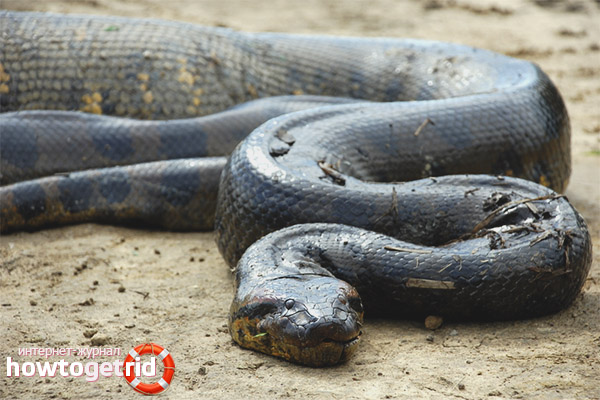
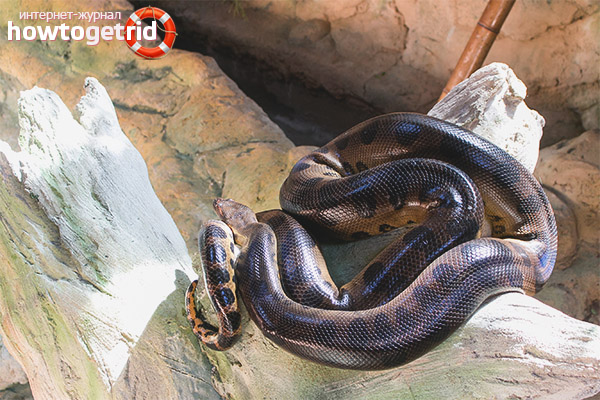
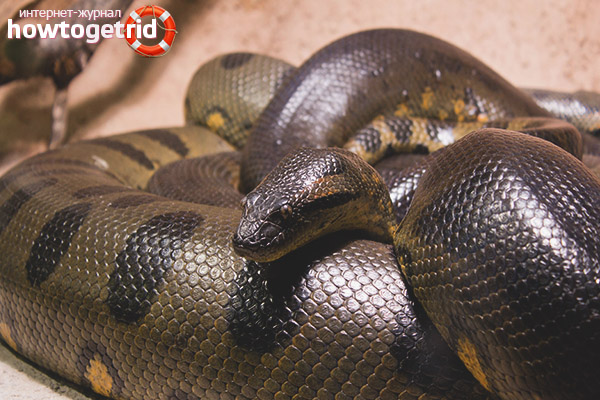

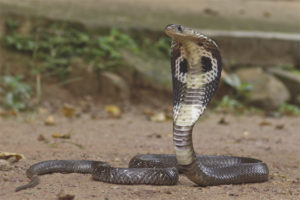
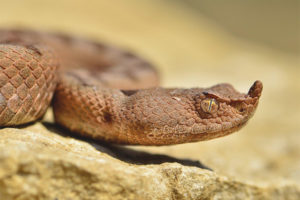
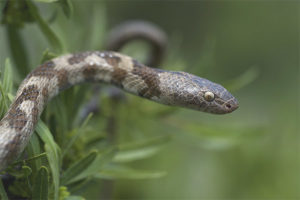
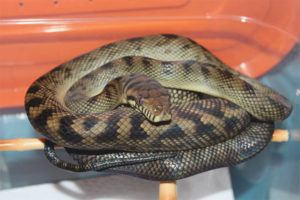
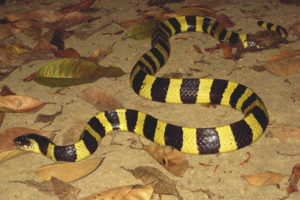

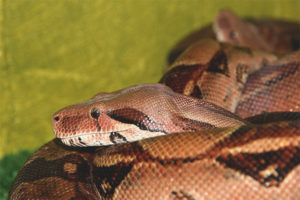
Submit